Death Run 3D
Death Run 3D is a fast-paced first-person runner where players navigate through a tunnel filled with moving obstacles. The goal is to survive as long as possible while avoiding walls that shift positions in real-time. The character moves forward automatically, and players use directional controls to dodge left, right, up, or down. The tunnel layout constantly changes, making it difficult to predict upcoming hazards. Quick reflexes are necessary to react to sudden obstacles and increasing speed.
Death Run 3D is a fast-paced first-person runner where players navigate through a tunnel filled with moving obstacles. The goal is to survive as long as possible while avoiding walls that shift positions in real-time. The character moves forward automatically, and players use directional controls to dodge left, right, up, or down. The tunnel layout constantly changes, making it difficult to predict upcoming hazards. Quick reflexes are necessary to react to sudden obstacles and increasing speed.
Obstacle Patterns and Difficulty
The game features a variety of obstacle patterns that require different strategies to avoid collisions. Some sections have narrow openings that require precise movements, while others include rapidly shifting walls that demand quick reactions. As the speed increases, the gaps become harder to navigate, and players must stay focused to avoid crashing. The unpredictable nature of the tunnel layout makes each run different, preventing players from memorizing patterns easily.
Score System and Progression
Players earn points based on how far they survive in the tunnel. The longer they last without hitting an obstacle, the higher their score. Some versions of the game include leaderboards where players can compare their best runs with others. Since the difficulty scales up gradually, players must practice to improve their reaction speed and timing. Each attempt provides a chance to refine movement and push for a better score.
Replayability and Player Engagement
Death Run 3D encourages multiple playthroughs due to its unpredictable obstacle placement and increasing speed. Each run presents a new challenge, keeping players engaged as they attempt to survive longer. The need for fast decision-making and precise movements makes it a test of reflexes. With no set endpoint, players continue playing to improve their performance and challenge themselves to react faster in each session.

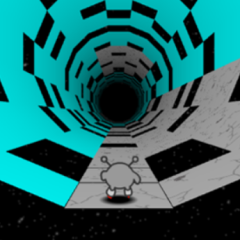


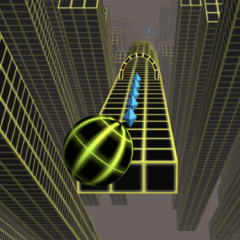




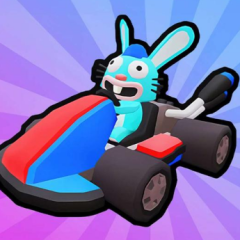
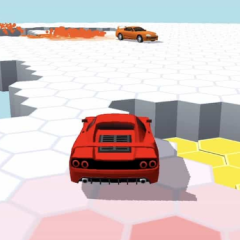

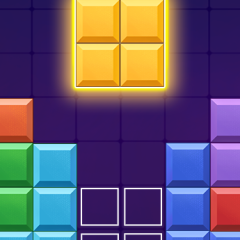

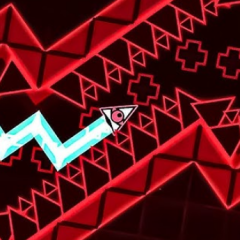
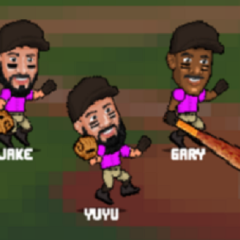

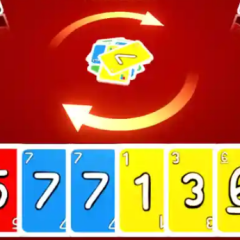

Comments